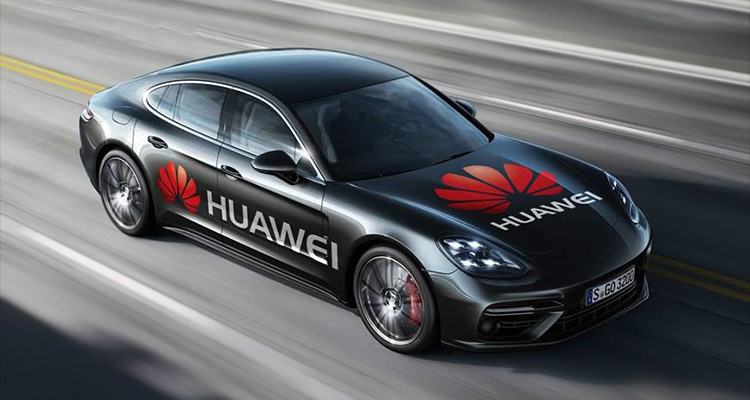Huawei, the global technology leader, has become the first mobile device manufacturer in the world to use an AI-powered smartphone to drive a car. The ‘RoadReader’ project pushes the boundaries of Huawei’s object recognition technology and puts the learning capabilities, speed and performance of its AI-powered devices to the test.

Unlike other driverless cars, which simply detect obstacles Huawei has transformed a Porsche Panamera into a driverless vehicle that doesn’t just see, but crucially, understands its surroundings. This means that it can distinguish between 1,000s of different objects including a cat and a dog, a ball or a bike and learn to take the most appropriate course of action.
Huawei’s ‘RoadReader’ project is taking advantage of the AI capabilities already in the Huawei Mate 10 Pro. The device uses AI to automatically recognize objects like cats, dogs, food, and other objects, to help people take pictures like a pro.
Most autonomous cars currently being developed rely on the computing power of purpose-built chips developed by third-party technology providers. However, as part of its ongoing mission to make the impossible possible, Huawei has used technology already available in its smartphones, demonstrating its superior functionality and ability to stand up to even the most advanced technology developed for use in self-driving cars.
“Our smartphone is already outstanding at object recognition. We wanted to see if, in a short space of time, we could teach it to not only drive a car, but to use its AI capabilities to see certain objects, and be taught to avoid them” said Andrew Garrihy, Chief Marketing Officer, Huawei Western Europe. “If our technology is intelligent enough to achieve this in just 5 weeks – what else can it make possible?”

Huawei showcased the RoadReader project and the vehicle’s capabilities at a two-day event at Mobile World Congress in Barcelona (MWC) from 26th to 27th February 2018. Delegates were invited to test ‘drive’ the car themselves, teaching it to identify and maneuver around certain objects.



